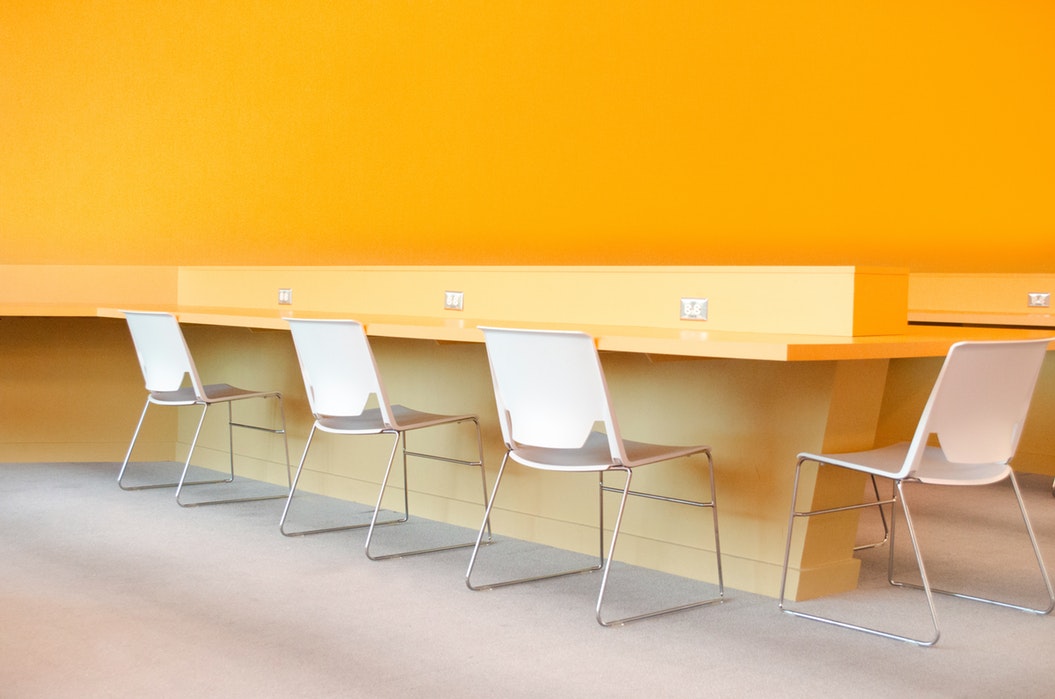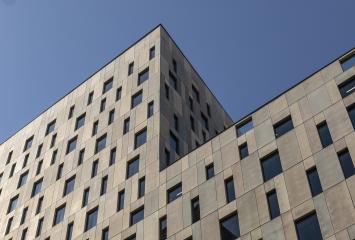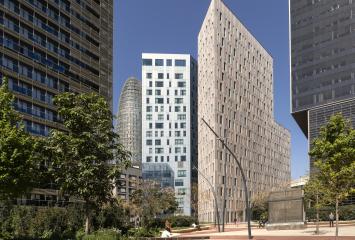Emotional offices
When conceptualizing and projecting an office workspace, to consider the functional and technical aspects is as important as evaluating the emotional elements. This is how emotional offices are designed.
The emotional offices combine the employees needs and the company aspirations. Their goal is no other than improving creativity, to motivate the worker through design, to increase productivity, to reduce work absenteeism, to develop a healthy work environment and to strengthen the feeling of bonding with the company.
By 2050 is expected that Millenials represent the 75% of labour force. This generation is transforming offices and its design. Generation Y demands emotional offices, close to their homes, collaborative and more technological.
Next, we present a series of workspace design elements that help to set emotional offices:
Elements in emotional offices
Colour: It is proven that colour has an impact on people’s mood. Positive or active colours (yellow, orange and red) generate a cheerful attitude on offices’ users; negative or passive colours (blues) offer a pleasure feeling of peace and freshness. Green colour, associated to nature, balances emotions.
Light: Sunlight stimulates health and the state of mind. The illumination level has a positive effect on comfort, state of mind and health. The kind of the light colour also affects the emotional state of the office users: morning’s bluish light has an activator effect and sunset’s reddish light has a relaxing effect.
Noise: Hight ceiling offices, irregular elements in front of parallel surfaces, the use of sound-absorbing materials and elements like moss walls and furniture distribution are some of the strategies to achieve the better acoustic conditions in happy offices.


